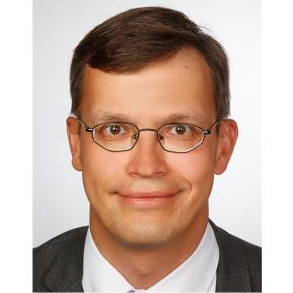Tungsten and Tungsten Alloys
A special issue of Metals (ISSN 2075-4701). This special issue belongs to the section "Metal Casting, Forming and Heat Treatment".
Deadline for manuscript submissions: 30 September 2024 | Viewed by 13331
Special Issue Editor
2. Teaching Professor at the National Research Nuclear University MEPhI, Moscow, Russian Federation, Kashirskoe sh., 31, 115409 Moscow, Russia
Interests: refractory metals; self-passivating alloys; single crystals; metallic mirrors; plasma-facing materials; materials for extreme environments; mechanical alloying; field-assisted sintering technology; materials modeling; materials engineering; surface diagnostics; plasma–surface interactions and plasma diagnostics
Special Issue Information
Dear Colleagues,
Tungsten, one of the most remarkable refractory materials, has attracted the attention of scientists and engineers for the last two centuries. The technological boom we are currently witnessing has significantly advanced our knowledge and understanding of this extraordinary metal. The application range of tungsten has significantly expanded, and now we can see this material applied in automotive and lighting industries, shipbuilding, aerospace, medicine, heavy machinery, mining, and many other areas of our lives.
Besides the ultimate advantages of tungsten (e.g., the highest melting point among all metals, high thermal conductivity at elevated temperatures, heavy mass, relatively low induced activation), there are some properties which until now had limited the potential application of this metal. These properties, such as the intrinsic brittleness of tungsten and its vulnerability to oxidation, were formerly accepted as given by nature. Presently, however, inspired by the unprecedented technological development, modern machinery, highly sophisticated modeling, advanced engineering, and fantastic analytic tools, scientists and engineers “dare” to change these properties as well.
One of the most prominent examples of these developments comes from the area of the controlled fusion, the energy source of the stars—one of the most challenging environments imaginable so far. Here, tungsten has found its place as the material protecting the interior of the power station from the hot fusion plasma. New advanced technology, nano-engineering, and sophisticated alloying have helped to turn the disadvantageous properties of tungsten back and to attain the qualities of this material which it had never possessed before. In this Special Issue devoted to tungsten and tungsten alloys, we will see the results of these challenging, but remarkable and fascinating, transformations of tungsten.
I would like to take this opportunity to welcome you to this Special Issue of Metals devoted to tungsten and tungsten alloys. Please enjoy reading the selected articles devoted to the recent developments in the science, technology, and engineering of tungsten. I am also kindly inviting you to share your own research by contributing with your own manuscript to this Special Issue.
I am looking forward to hearing from you.
Prof. Dr. Andrey M. Litnovsky
Guest Editor
Manuscript Submission Information
Manuscripts should be submitted online at www.mdpi.com by registering and logging in to this website. Once you are registered, click here to go to the submission form. Manuscripts can be submitted until the deadline. All submissions that pass pre-check are peer-reviewed. Accepted papers will be published continuously in the journal (as soon as accepted) and will be listed together on the special issue website. Research articles, review articles as well as short communications are invited. For planned papers, a title and short abstract (about 100 words) can be sent to the Editorial Office for announcement on this website.
Submitted manuscripts should not have been published previously, nor be under consideration for publication elsewhere (except conference proceedings papers). All manuscripts are thoroughly refereed through a single-blind peer-review process. A guide for authors and other relevant information for submission of manuscripts is available on the Instructions for Authors page. Metals is an international peer-reviewed open access monthly journal published by MDPI.
Please visit the Instructions for Authors page before submitting a manuscript. The Article Processing Charge (APC) for publication in this open access journal is 2600 CHF (Swiss Francs). Submitted papers should be well formatted and use good English. Authors may use MDPI's English editing service prior to publication or during author revisions.
Keywords
- Tungsten
- Tungsten alloys
- High-entropy alloys
- Smart materials
- Corrosion
- Materials modeling
- Fusion
- Plasma–material interaction
- Field-assisted sintering technology
- Hot isostatic pressing
- Mechanical alloying





